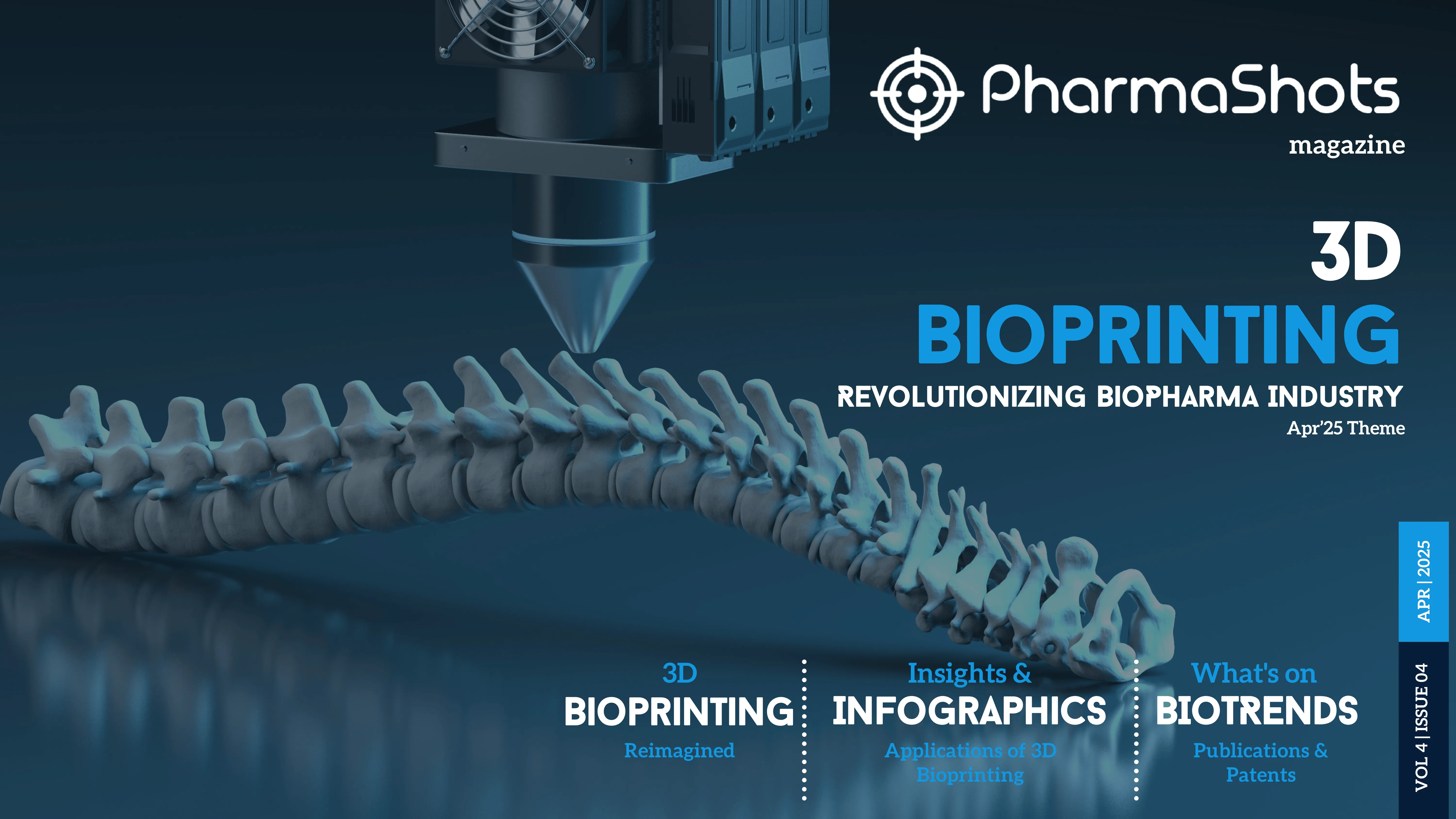
A Guide To Advanced Medical Equipment For Emergency Operational Performance
Emergency departments face constant pressure to deliver fast, efficient, and high-quality care. In such a high-stakes environment, investing in advanced medical equipment is not just beneficial but essential. This guide will explore the critical role that advanced medical equipment plays in enhancing emergency department performance.
One of the standout innovations is the integration of healthcare IT systems, such as Electronic Health Records (EHRs) and real-time tracking systems. These technologies streamline operations and improve access to accurate data. EHRs, for example, reduce duplication of tests and procedures, while tracking systems manage bed availability and patient flow effectively.
Technological advancements like LIFEPAK 15 mount, Ventilator Mounts, IV Pole Mounts, and many more are crucial for emergency operational performance. These types of equipment ensure that critical tools are readily available, enhancing the responsiveness in emergency scenarios. Investing in these kinds of devices is a proactive step toward improving patient outcomes and departmental efficiency.
Key Takeaways
- Advanced medical equipment is essential for efficient emergency operations.
- EHRs and tracking systems improve data access and operational flow.
- The LIFEPAK 15 mount ensures critical tools are always accessible.
Strategies for Enhancing ED Performance
Emergency Departments (EDs) face significant challenges, including overcrowding and resource constraints. This section explores key strategies to enhance performance by improving patient outcomes and optimizing staffing coordination.
Performance Measures and Patient Outcomes
Performance measures are crucial for assessing ED effectiveness. Key metrics include patient satisfaction, wait times, and overall quality of care. Standardized clinical guidelines and evaluation models help ensure accurate and efficient care. Implementing telemedicine can reduce emergency department crowding and improve survival rates by providing timely consultations.
Interventions such as point-of-care testing and improved triage procedures can significantly reduce wait times. Additionally, establishing observation units helps manage patient flow and improves pain management. Regular benchmarking against industry standards allows for continuous improvement. Ultimately, focusing on these metrics leads to better patient outcomes and streamlined ED operations.
Staffing, Coordination, and Communication
Optimizing staffing, coordination, and communication skills is critical. Ensuring appropriate resource allocation and staffing levels helps manage workload effectively. Nurses, physicians, and nurse practitioners must work in well-coordinated teams to enhance efficiency. Incorporating advanced nursing roles and employing scribes and pharmacists can alleviate the burden on clinicians.
Effective communication is paramount among ED staff. Implementing standardized handoff procedures improves accuracy and reduces errors. Regular team meetings and training in communication skills foster a collaborative environment. Moreover, leveraging technology like telemedicine platforms facilitates better coordination and faster decision-making. These strategies are essential for maintaining high-quality patient care and efficient ED performance.
Technological Advancements in Emergency Care
Technological advancements have significantly improved emergency care by enhancing the capabilities of medical equipment and integrating informatics to optimize patient outcomes.
Advanced Medical Equipment Utilization
Emerging technologies are revolutionizing emergency medical services (EMS), enabling healthcare providers to deliver faster and more precise care. For those looking to build foundational expertise in these advancements, you can explore an introductory course in Australia here. Such programs can provide essential training in understanding and utilizing these cutting-edge tools effectively. Point-of-care ultrasound devices have become essential for rapid diagnosis of internal injuries, allowing practitioners to make swift decisions during critical moments.
Mechanical ventilators and advanced airway management tools support patients with severe respiratory distress, ensuring effective ventilation. Such equipment is indispensable in both pre-hospital settings and emergency rooms.
Robotics and automated CPR devices are also being incorporated into emergency care, improving the consistency and effectiveness of cardiopulmonary resuscitation. In addition, telemedicine allows for real-time consultations with specialists during transport, thereby enhancing the quality of care provided to patients en route to hospitals.
Integration of Informatics for Optimizing Care Delivery
Informatics plays a pivotal role in streamlining emergency healthcare services. Electronic Medical Records (EMRs)ensure that patient data is readily accessible to practitioners, facilitating better decision-making and coordination of care across different units.
Telemedicine platforms are increasingly used for remote patient monitoring and consultation, which is particularly beneficial for EMS teams that need to communicate with physicians during emergencies. Such platforms ensure continuous and efficient patient-centered care.
Big data analytics and AI algorithms are being utilized to predict patient outcomes and identify patterns in emergency cases, aiding in more accurate triage and resource allocation.
By leveraging these technological tools, healthcare providers can offer more effective and timely emergency care, improving patient survival rates and recovery outcomes.
Conclusion
Advanced medical equipment has a significant impact on emergency operational performance. Enhanced patient outcomes, optimized resource allocation, and reduced overcrowding are some of the key benefits.
Implementing innovations such as acute care emergency surgery services and efficient patient discharging processes contribute greatly to improving emergency department efficiency.
Continued investment in and adoption of advanced medical technology are essential for addressing the growing challenges faced by emergency departments globally.
Related Post: 4 Biopharma Trends to Watch out in 2024
Tags

Evans James is a guest writer at PharmaShots. He has a flair for writing engaging content and loves to explore new places.














